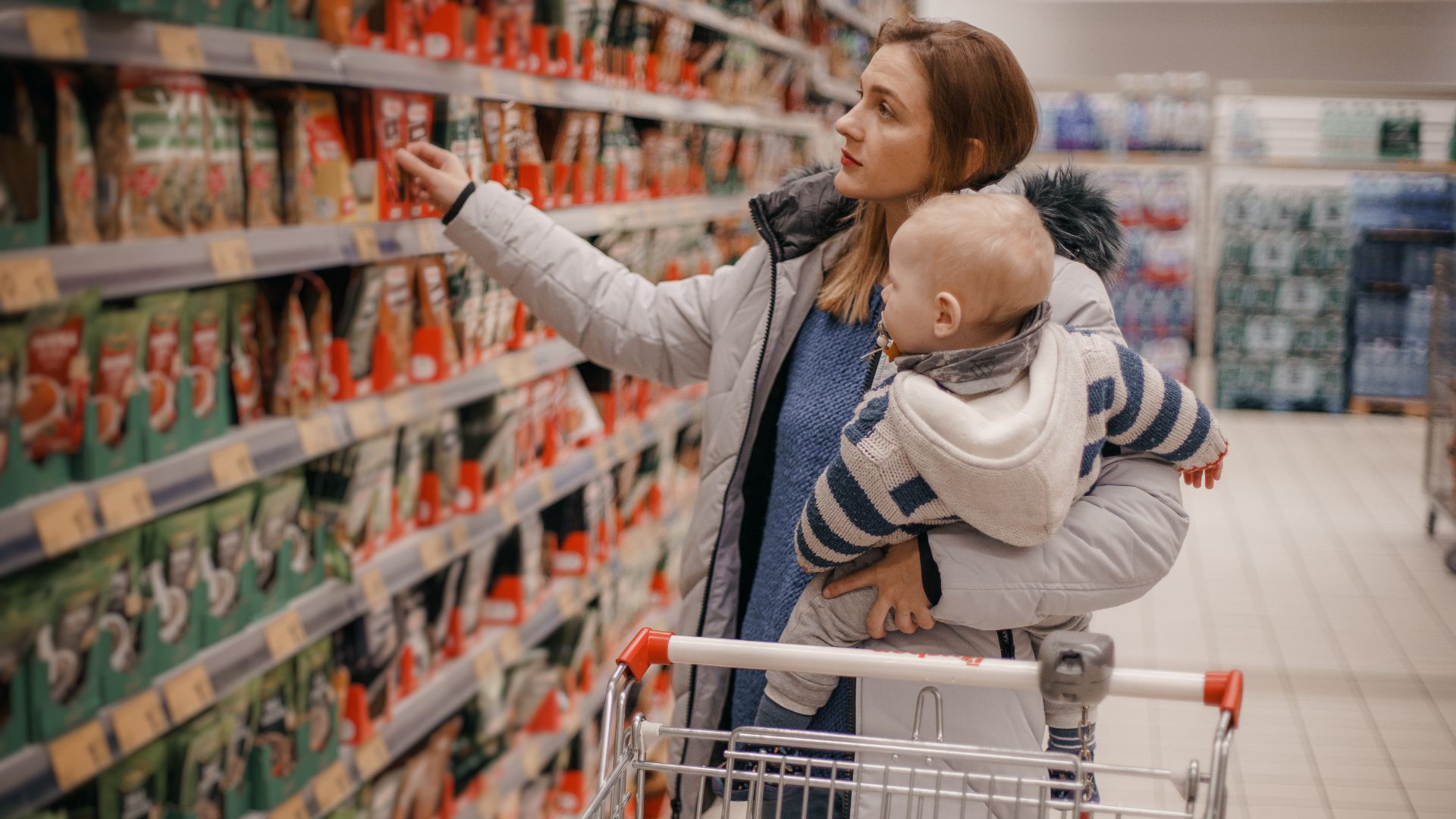By Doug Baker, Vice President, Industry Relations, FMI

We continue to experience a convergence of challenges in this country – the COVID-19 pandemic; a historic hurricane and fire season; economic distress; and heightened political and social expression – all of which are influencing changes in the way the public eats and shops.
At the height of the pandemic, Americans were stocking up without abatement. What we witnessed in U.S. grocery stores was not a result of insufficient food supply – it was due to demand. Today, based on the public statements across the food marketplace, grocers and their suppliers are sending a clear and empathetic message to their customers that they are on the shoppers’ side, and a few weeks ago, we witnessed announcements signaling a move from “just in time” to “just in case” inventory to mitigate the out-of-stock situations we witnessed earlier this year.
Changing Shopper Behavior
According to our nineth wave of the U.S. Grocery Shopper Trends COVID-19 Tracker, even as concerns about shortages have declined somewhat since July (down five percentage points), far fewer shoppers are reporting as many out-of-stocks in October (17%) compared to the early weeks of the national crisis (46%). And now, a confluence of situations is challenging the way retailers have planned for their shoppers’ buying behaviors for food holidays and social gatherings this fall and winter. Again, the food supply chain will force more companies to re-evaluate and reconsider what the right balance of inventory will mean for the near-term and the future. New patterns of shopping behavior continue to challenge businesses to revise their inventory strategies.
Trading Partner Coordination
Since early summer, FMI has hosted several virtual meetings and through these events facilitated important trading partner discussions. More than, 1,200 virtual business meetings between manufacturers and retailers have taken place to discuss short-term needs and capabilities. Thanks to these discussions, some manufacturers are adding new supply chain lines, and both retailers and suppliers are adding holding space to support a “just in case” strategy. The need for more regular touchpoints has become so apparent that our 2021 event calendar has shifted to support trading partner meetings every six months.
Meeting Demand for Online
Certainly, we can’t discount that online grocery shopping is at its highest levels since before the pandemic. Food retailers have been makings efforts to improve the online grocery shopping experience with micro-fulfillment centers and better aligning with third parties who support fulfillment, delivery, and curbside pickup activities. Shoppers tell us they are seeing a difference with overall satisfaction with online grocery shopping up from an average rating of 7 to 8 on a 10-point scale. Fewer people also report having any issues with online shopping in October than they did in July (85% vs. 79%).
FMI has also been working with USDA to expedite the online pilot programs for SNAP, which remains an important step to ensure that we leave no customer unserved at this critical time. FMI developed a feeding assistance toolkit to help members educate their first-time SNAP customers.
No one wants to relive March and April, especially during the holiday season. The food industry remains nimble, diligent and innovative to support shoppers during the days ahead.


 Industry Topics address your specific area of expertise with resources, reports, events and more.
Industry Topics address your specific area of expertise with resources, reports, events and more.
 Our Research covers consumer behavior and retail operation benchmarks so you can make informed business decisions.
Our Research covers consumer behavior and retail operation benchmarks so you can make informed business decisions.
 Events and Education including online and in-person help you advance your food retail career.
Events and Education including online and in-person help you advance your food retail career.
 Food Safety training, resources and guidance that help you create a company food safety culture.
Food Safety training, resources and guidance that help you create a company food safety culture.
 Government Affairs work — federal and state — on the latest food industry policy, regulatory and legislative issues.
Government Affairs work — federal and state — on the latest food industry policy, regulatory and legislative issues.
 Get Involved. From industry awards to newsletters and committees, these resources help you take advantage of your membership.
Get Involved. From industry awards to newsletters and committees, these resources help you take advantage of your membership.
 Best practices, guidance documents, infographics, signage and more for the food industry on the COVID-19 pandemic.
Best practices, guidance documents, infographics, signage and more for the food industry on the COVID-19 pandemic.
